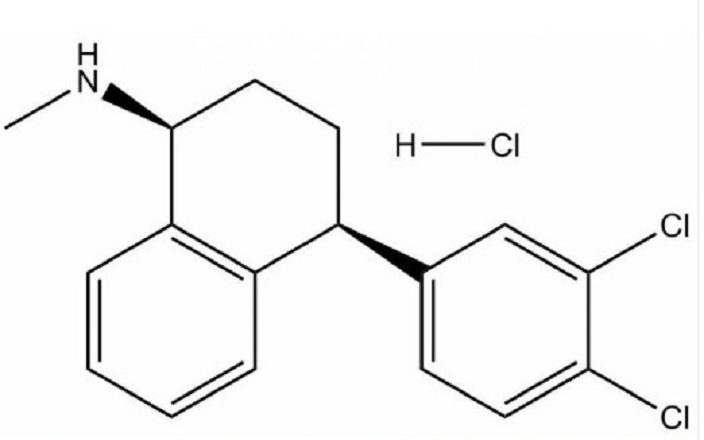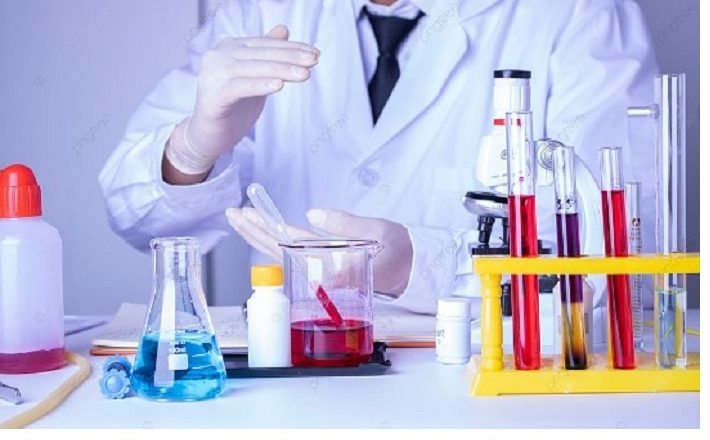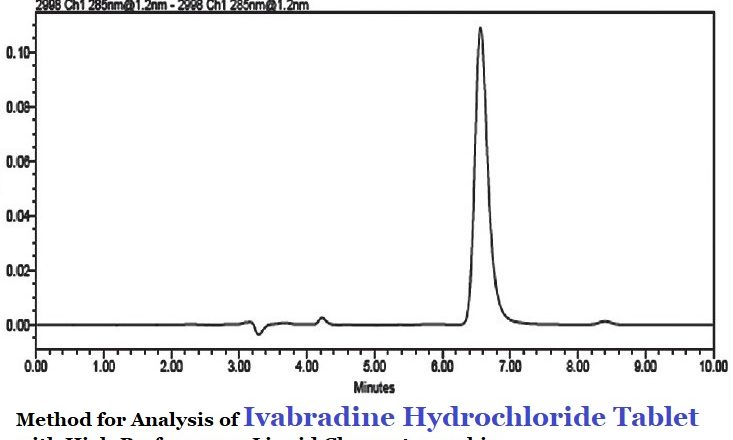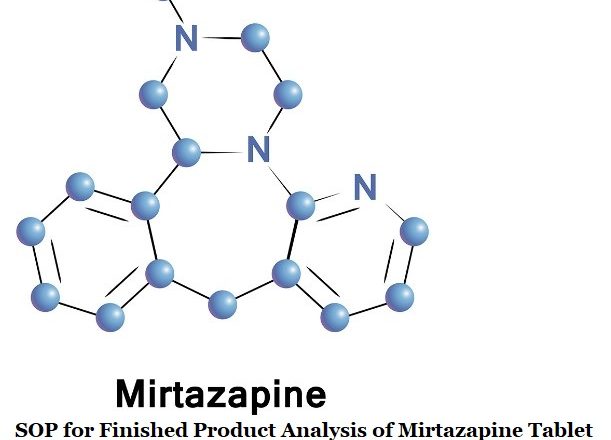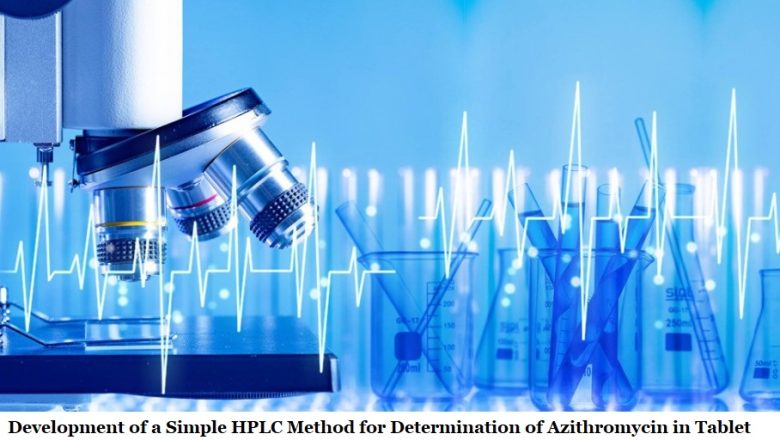
SOP for Finished Product Analysis of Misoprostol 200mcg Tablet by HPLC Method
For misoprostol, identification, assay, and related substances were considered essential, given the link to efficacy and the known instability of the product. SOP for Finished Product Analysis of Misoprostol 200mcg Tablet by HPLC Method due to the low ratio of API content to tablet mass and therefore higher risk of non-homogeneity within batches, content uniformity was included. Dissolution or disintegration was not included as misoprostol is a highly soluble substance (19), and anecdotally these parameters are rarely found out of specification (OOS) for misoprostol products. Misoprostol tablets were analyzed for the selected parameters using the methods and specifications described in the International Pharmacopoeia
PURPOSE:
To describe the procedure for analysis at the in-process and f...


